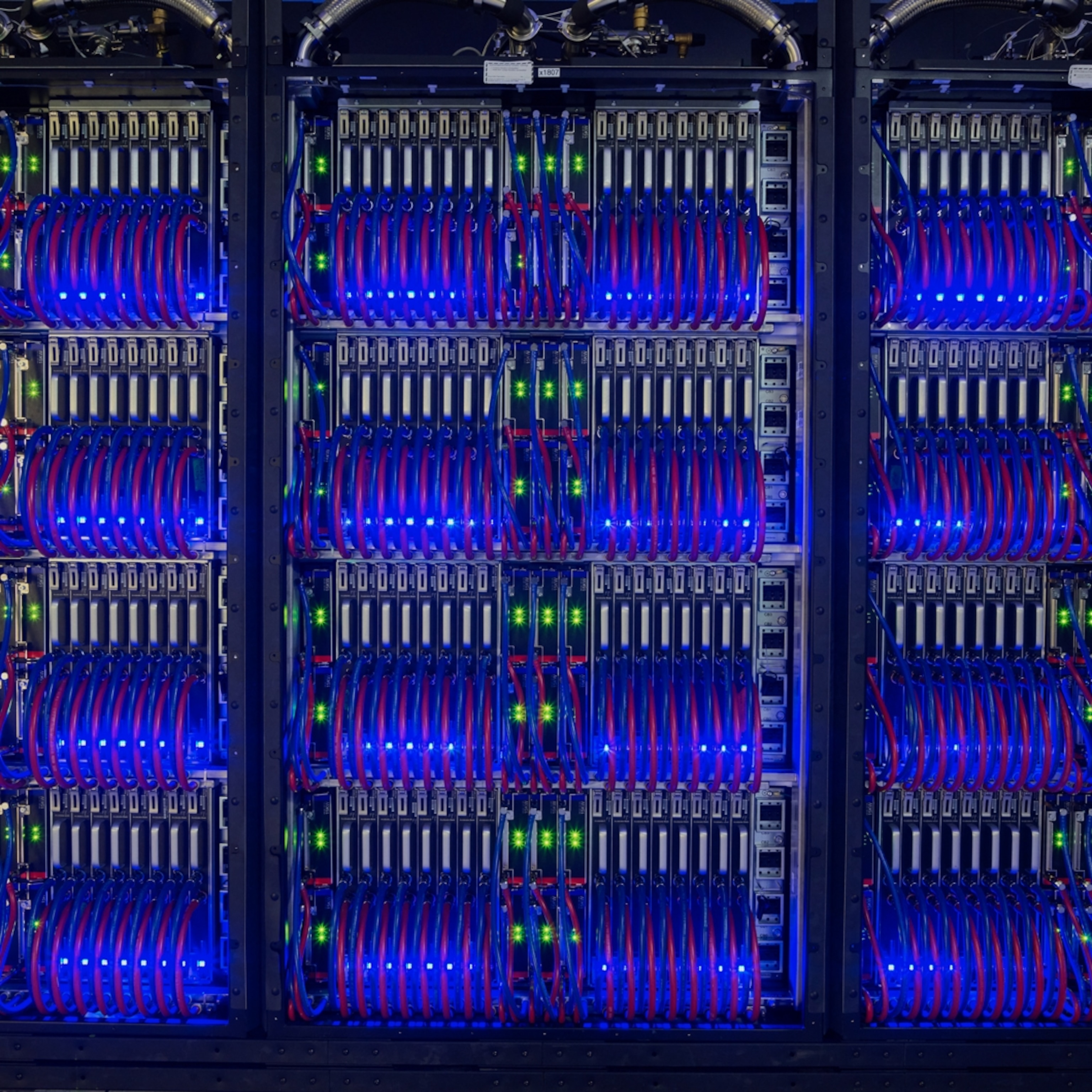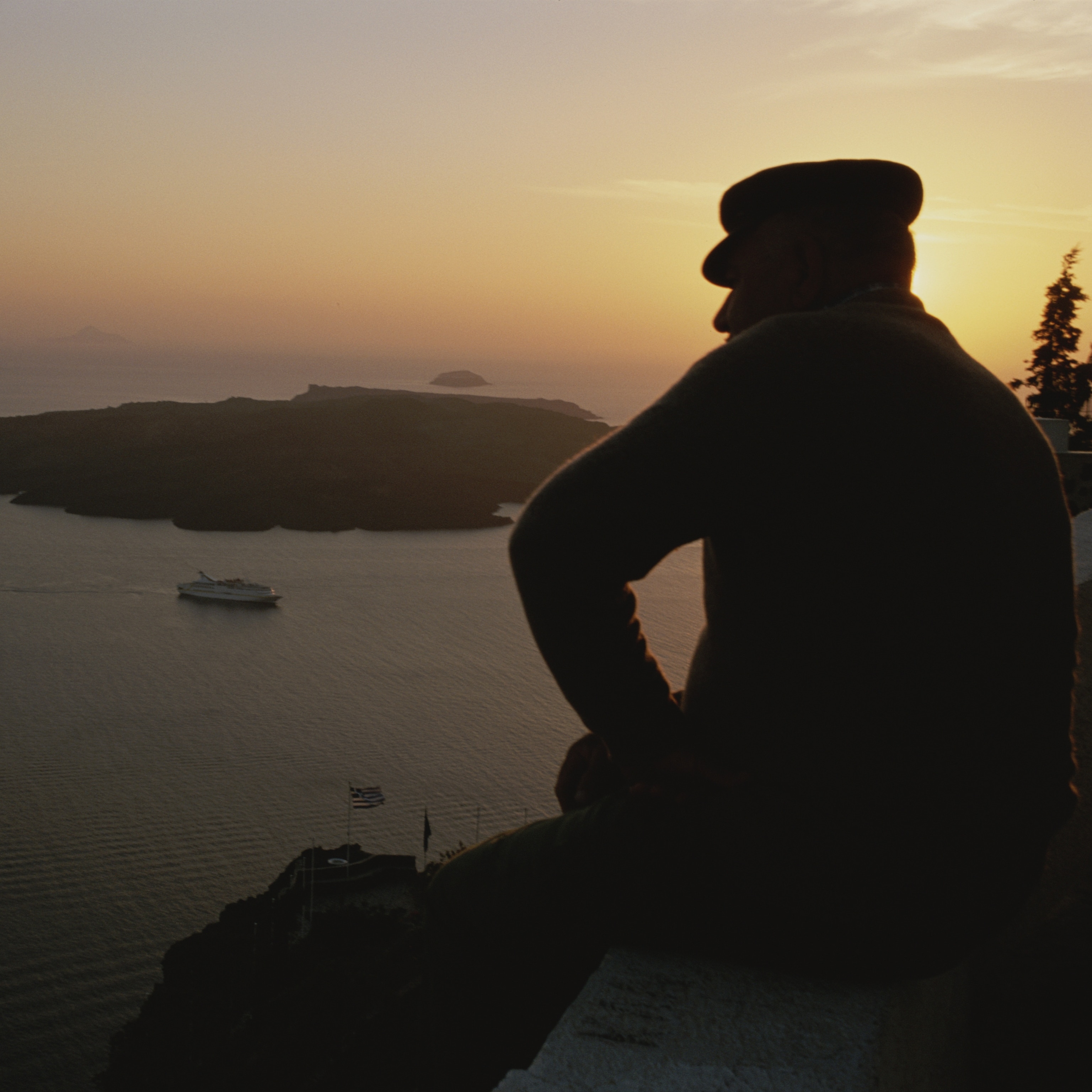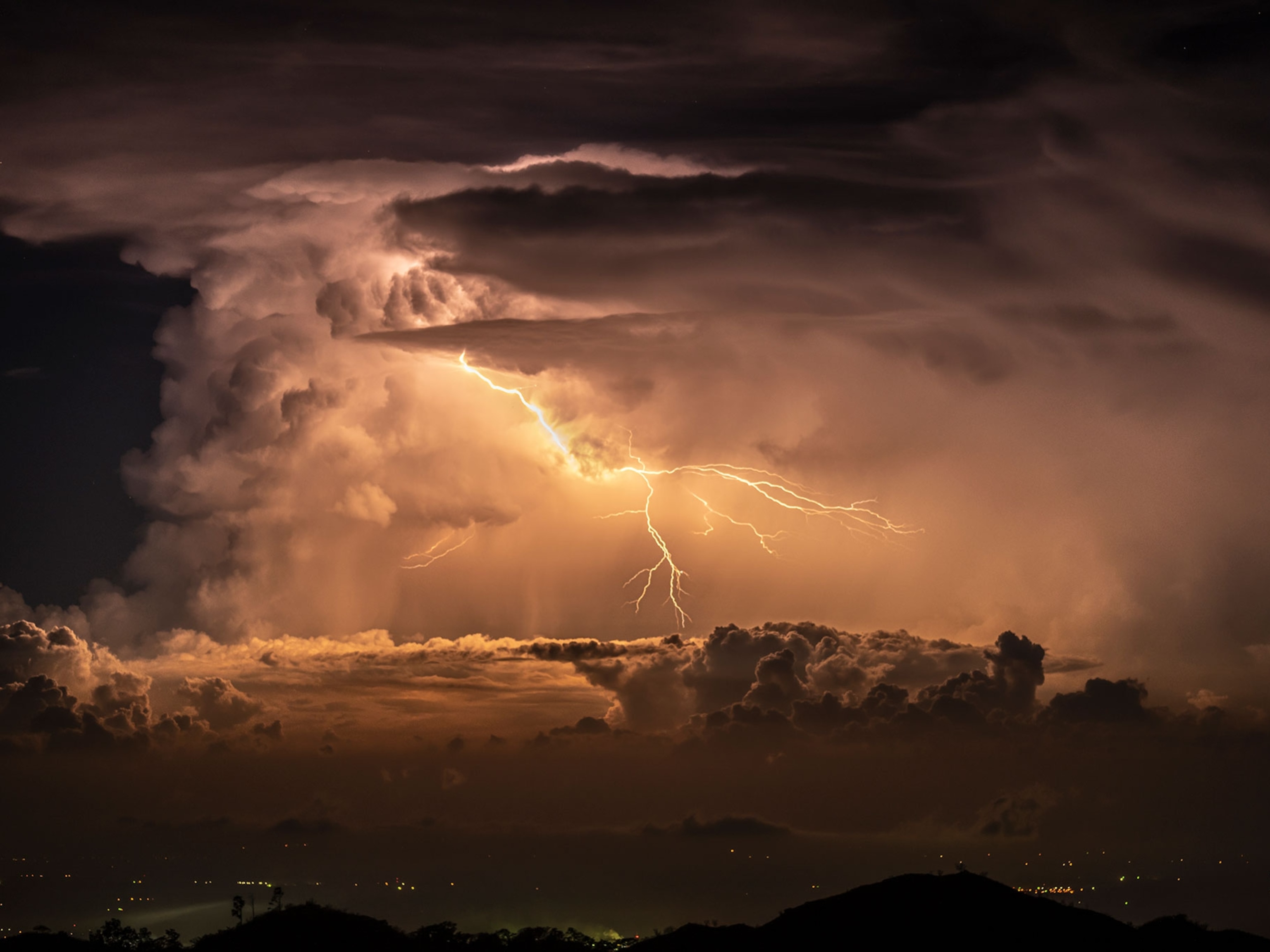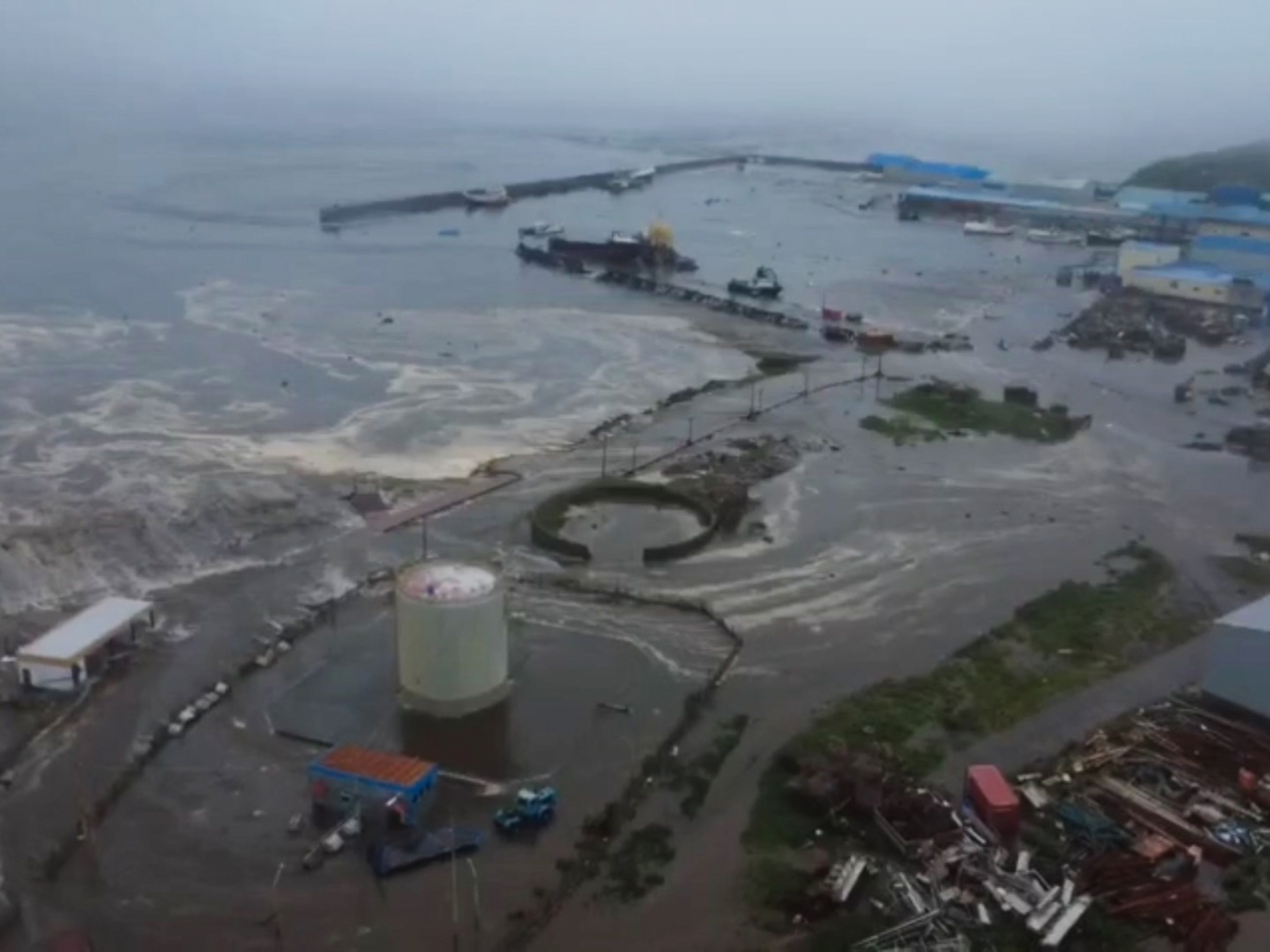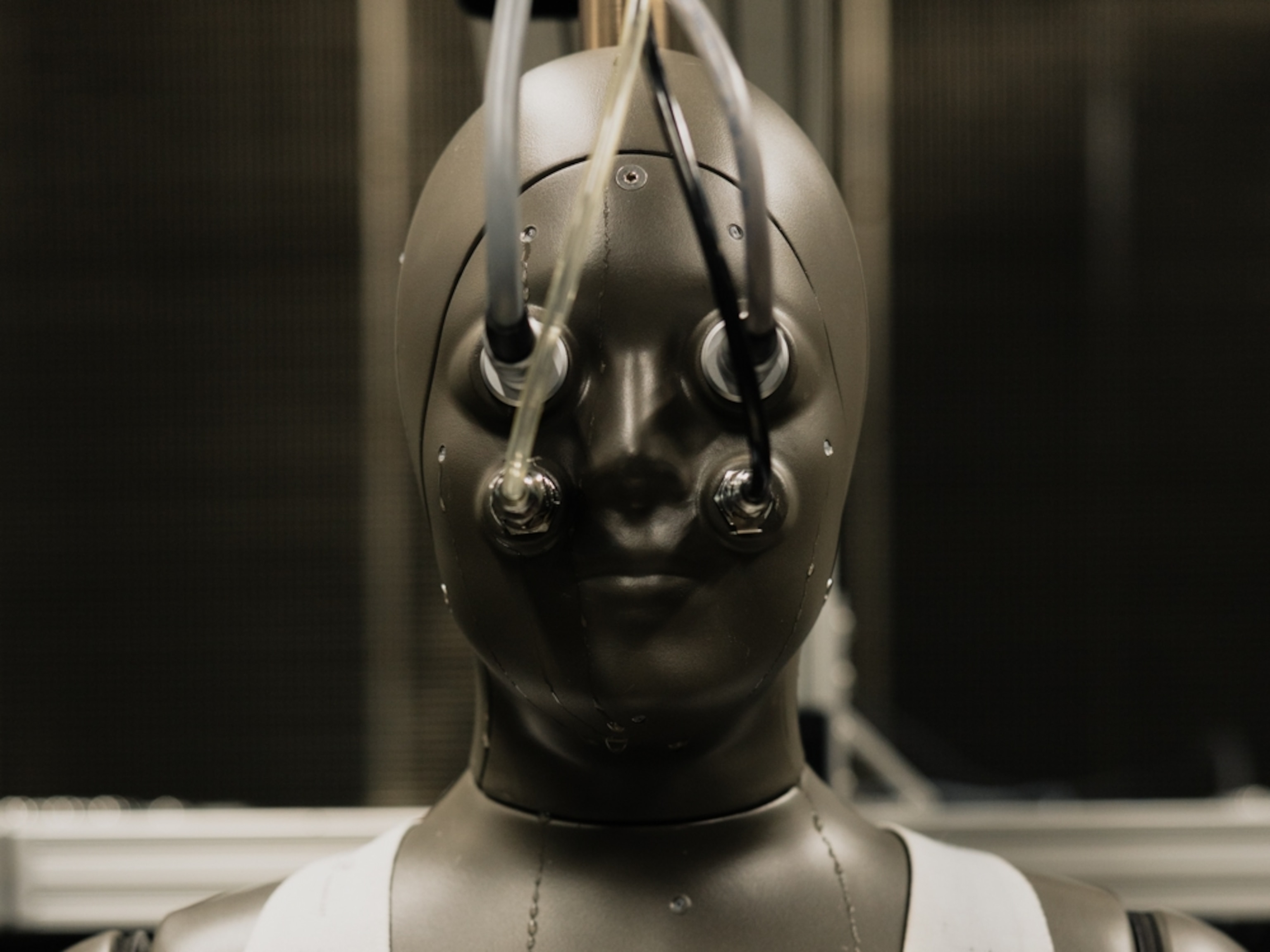The course of human history has been shaped by many different forces, from kings and empires, to wars and treaties, to science and technology. Frequently, however, the world has been changed—or, better yet, improved—by a single idea.
Over the past 150 years alone, the invention of toilets, synthetic fertilizers, blood transfusions, and vaccines are all credited with saving more than a billion lives each1, while countless other innovations—from pasteurization to water chlorination to bifurcated needles—have saved tens of millions more. In most cases, these breakthroughs have been the result of meticulous, single-minded research to solve a specific problem, but many of the world’s most important life-saving inventions have been stumbled upon by accident, or developed for a completely different purpose than that which they would ultimately fulfill.
The laminated safety glass most commonly used in car windshields, for example, was invented when French scientist Edouard Benedictus carelessly dropped a glass flask containing cellulose nitrate, a liquid plastic that not only stopped the glass from shattering but enabled it to retain its original shape. Penicillin, meanwhile, was discovered when Scottish researcher Alexander Fleming accidentally contaminated a petri dish of bacteria he was working on, and noticed that the mold that formed prevented the bacteria culture from growing. And X-rays were a fortuitous byproduct of German physics professor Wilhelm Röntgen’s experiments with cathode ray tubes.
As science and technology have grown more sophisticated, world-changing discoveries—both deliberate and inadvertent—have become more and more frequent, with new innovations that enhance, protect or even save people’s lives appearing at astoundingly regular intervals. But just as our ability to advance or safeguard our species has grown and evolved, so too have the problems we face. For all our ingenuity, Covid-19 brought the world to a virtual standstill in the past year, highlighting the need for innovative solutions that can respond quickly to emergency situations, while the challenges posed by climate change, dwindling resources, and natural disaster events continue to loom large.

Spearheaded by Prudence Foundation, the community investment arm of Prudential in Asia and Africa, the SAFE STEPS D-Tech Awards is an initiative that aims to tackle the latter of these issues by finding, funding, and supporting technology solutions that can save lives before, during, and after natural disasters. Offering a prize pool of US$200,000 for the winners to implement and scale their technology, as well as access to expert mentors, investors, and fellow tech entrepreneurs, the awards provide an unparalleled launchpad for disaster-tech innovators to take their ideas to the next level.
“Technology is changing everything about how we live today,” says Donald Kanak, Chairman of Prudence Foundation. “We believe it can also make a big contribution to changing the outcome of disasters. By predicting, by preventing, by warning, by helping and recovery, or through our response to disaster, technology can make a huge difference.”
Originally titled the ‘Disaster Tech Innovation Competition’, the inaugural awards last year culminated in a live pitch event in Singapore in June 2019, at which FieldSight—a Nepal-based mobile platform that supports disaster reconstruction activities in even the most remote areas—emerged victorious. For Justin Henceroth, co-founder of FieldSight, the awards offered a crucial avenue of support in a previously under-nourished area of tech.

“We’d seen a lot of competitions and accelerators focused on development tech, or social tech or things like that, and from the FieldSight perspective we were thinking, how do we fit into this? Are there some things that could help us on our journey?” he says. “So I think we were all really excited that there was a group that was really thinking about pre- and post-disaster tech.”
In addition to the funding and other support FieldSight received as the competition winner, Henceroth says that being part of the awards was invaluable in terms of the people they got to meet and the ideas they were able to explore. “I think the Disaster Tech Competition was one of the steps where I really started to have my mind opened up,” he says. “For me, the in-person event in Singapore was the most transformative part. That enabled us to get exposure to a lot of people, not just in the post-disaster space, but generally in the private sector, in social impact investing, and all these different spaces. It really made me start thinking about the broader implications of the work that we were doing.”

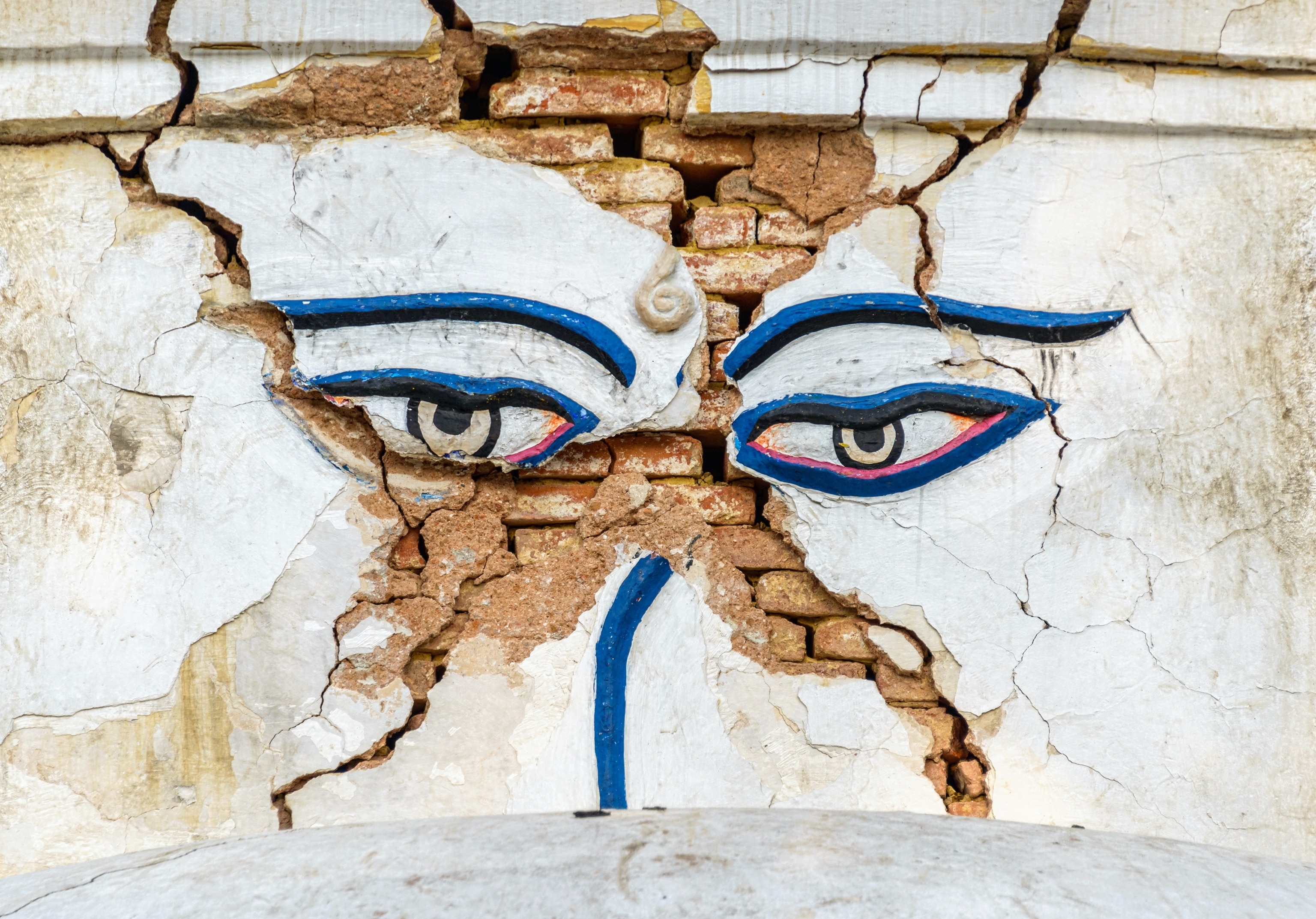
First runner-up SeismicAI—an algorithm-driven earthquake early warning system that is designed to be deployed quickly and cheaply anywhere in the world—have also used the awards as a springboard to develop and implement their technology globally, with pilot projects now underway in India, the Philippines, Turkey and Canada.
“I think it was very helpful to get the prize and the publicity, people looked at that all around the world,” says Amir Dinur, CEO of SeismicAI. “It was very important for us to get this seal of approval—that this is a real system, that this is a real solution—so from that point of view it was super important for us to get that recognition.”

For Henceroth, perhaps the most significant benefit of the awards was that it helped him focus on what he really wanted to achieve, and how best to go about it. “One of the key steps in thinking who we were trying to work with and where we were trying to go came from that much broader community that the awards brought together in Singapore: that there are a lot of people potentially struggling with the same issues, and that we could—not necessarily as a UN agency, but as a startup—be able to work with a broader community of people who could really take advantage of similar types of tools.”
Suitably inspired, Henceforth left FieldSight in March 2020 to co-found Zite, a mobile app and web platform for monitoring and managing work sites remotely. He urges fellow disaster-tech innovators to follow in his footsteps by taking advantage of the opportunity that the awards present. “I think it’s really critical that there continues to be expanded focus in this area,” he adds.

For 2021, the competition has relaunched as the SAFE STEPS D-Tech Awards. SAFE STEPS is a partnership between Prudence Foundation, the International Federation of Red Cross and Red Crescent Societies (IFRC), and National Geographic, which aims to raise awareness and provide easy-to-understand educational information on life-threatening issues in Asia and Africa with the hope of saving lives and building more resilient communities—a mission that is perfectly complemented by the D-Tech Awards.
Think you have the tech solution to change the world for the better? Applications are open for this year’s SAFE STEPS D-Tech Awards from now until 19 February 2021. Visit www.safesteps.com/d-tech for more information.


